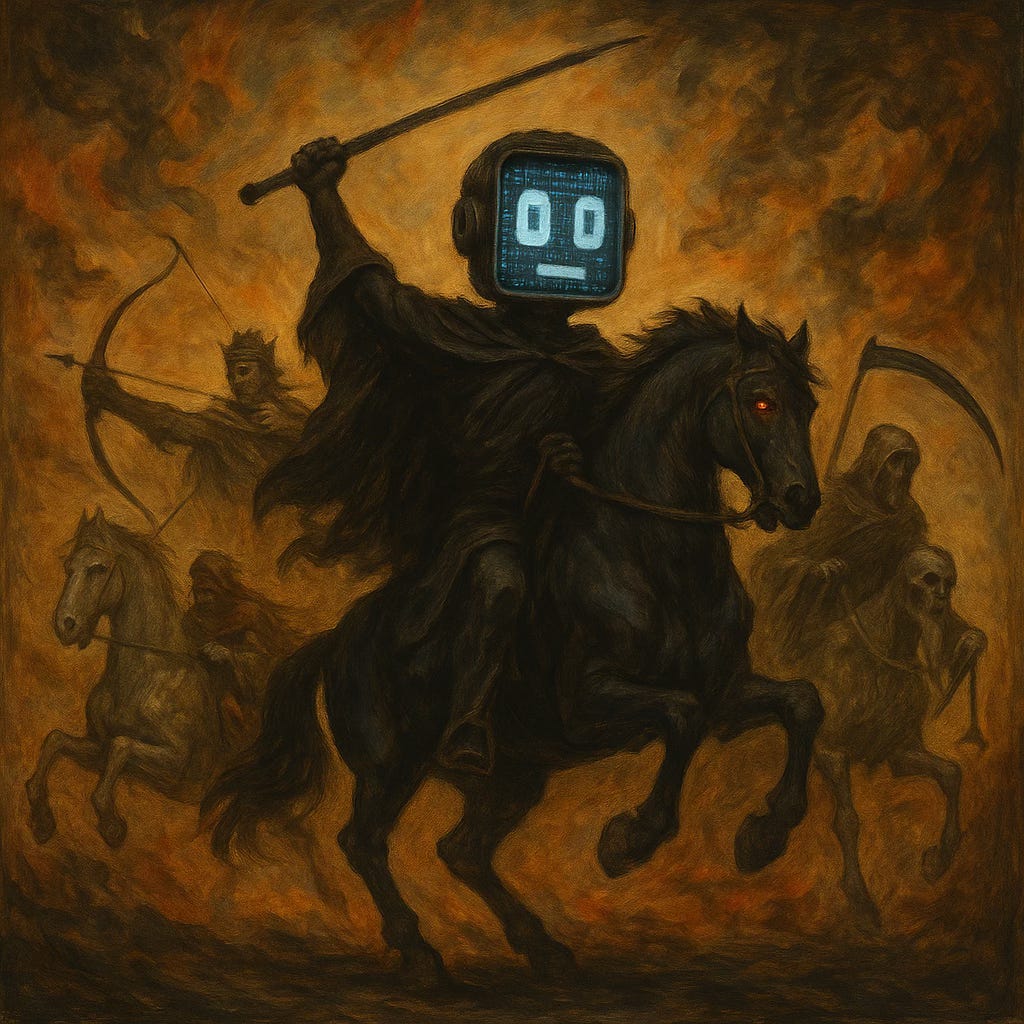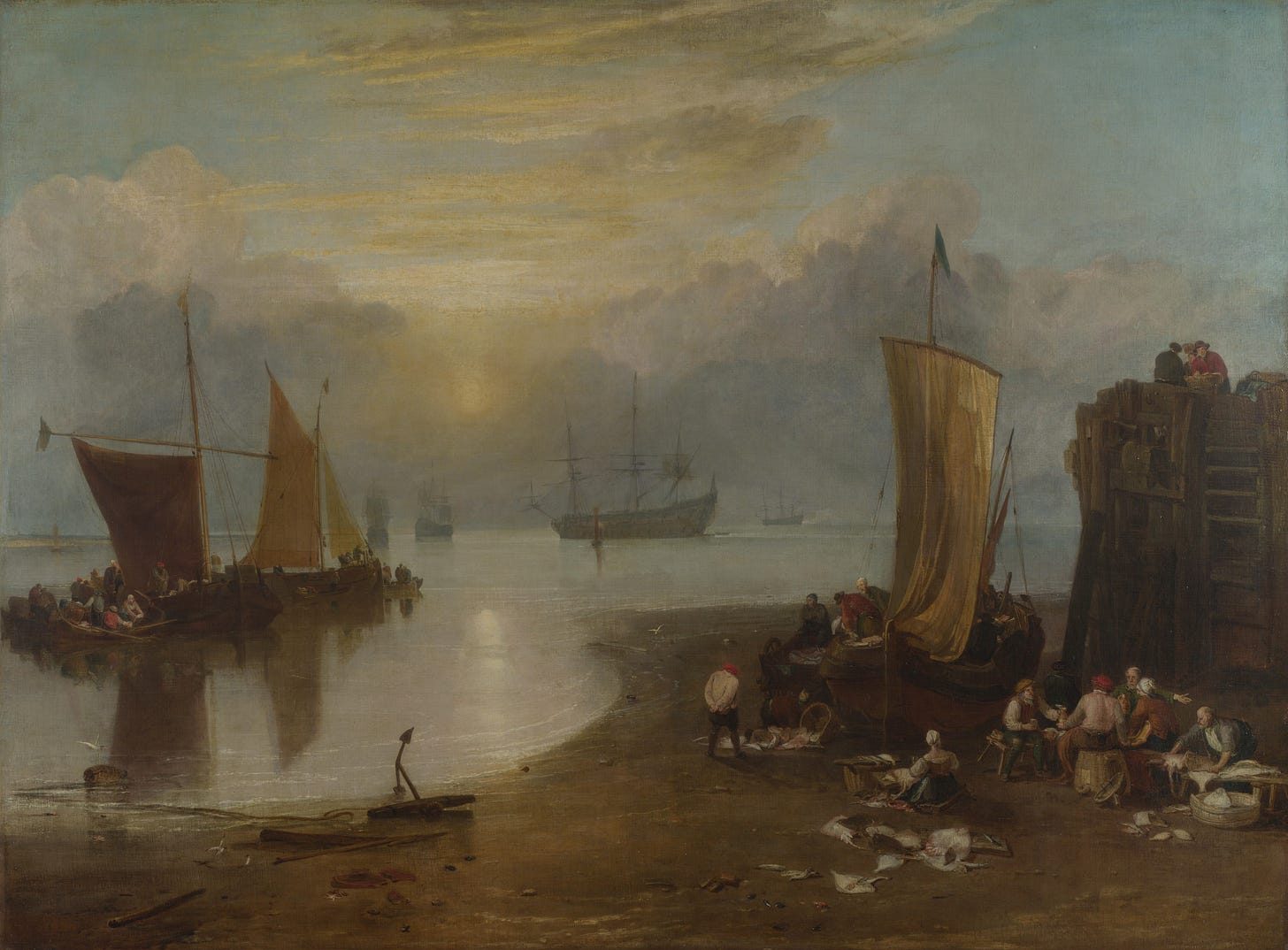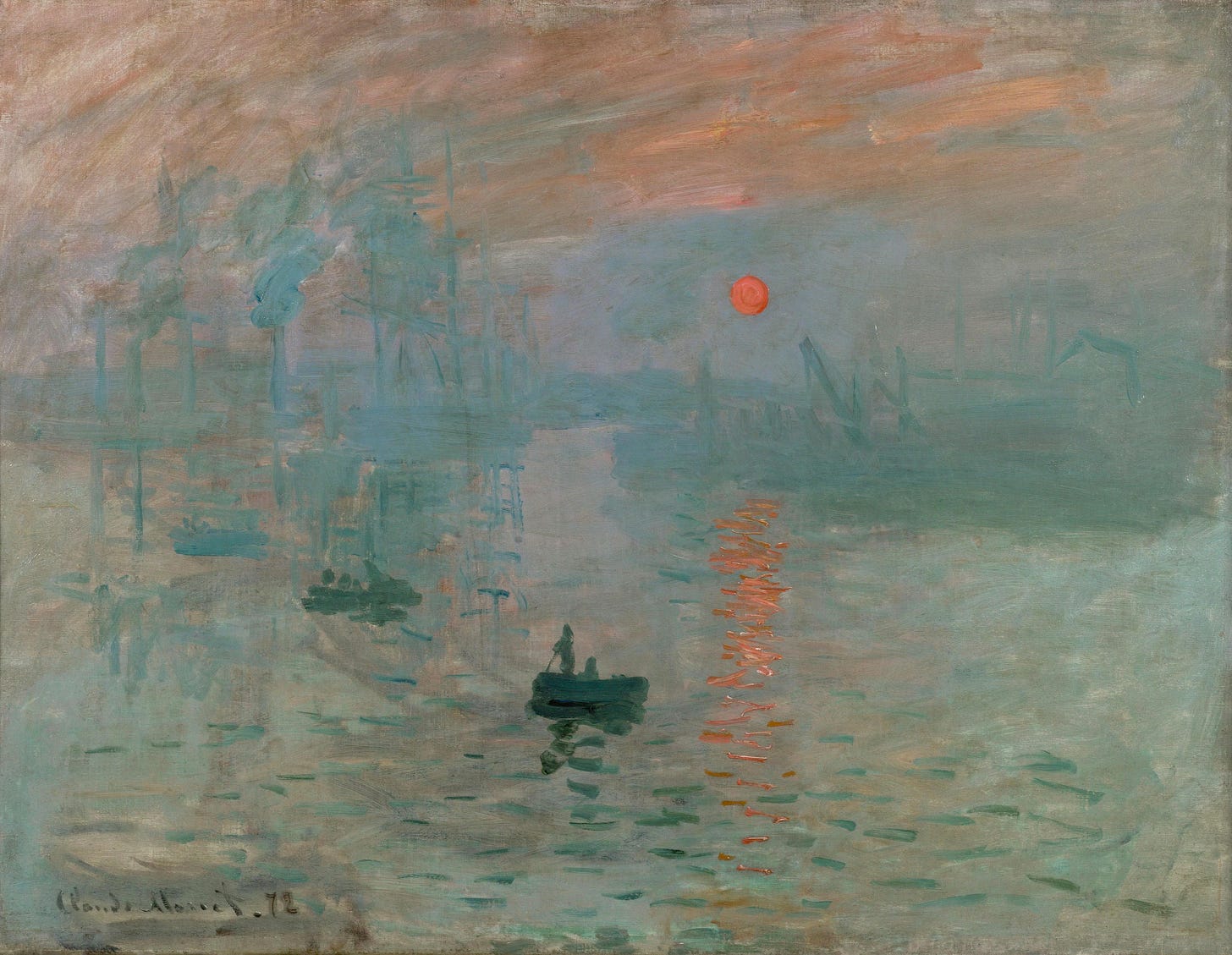How to Use AI to Enhance (Rather than Replace) Your Creativity
Four Questions to Ask of Yourself and Your Work
I know what you’re thinking. Please God, no, not another article on Al. So here’s the deal: I’m not going to be wringing my hands with grief at the demise of the creative industries, I’m not even going to be doling out prompt hacks for Midjourney or a cheat sheet for writing headlines with ChatGPT. Instead I’d like to give you a way of thinking about Al that flips it from being the Fifth Horseman of the Apocalypse into a positive way to reframe and augment your own creative practice.

Take a look at the broad sweep of human history and whenever a new medium or creative technology is introduced there’s often a widespread assumption that whatever came before is now defunct. But, most of the time, that’s not what happens. TV didn’t kill radio. CD’s didn’t kill vinyl (even if it was looking a bit dicey there for a while). And photography didn’t kill painting; it liberated artists from the burden of realism and allowed them to push their medium into new forms of expression.


In just the same way, I don’t believe that Al is going to replace human creativity. But it is, undoubtedly, going to shake things up. Anyone who’s become comfortable regurgitating old ideas is in trouble, while those of us who seek to make work that is authentic and original may be about to receive a welcome shot in the arm. Really. To understand how we need to recognise both the limitations and the opportunity of Al.
As you don’t need me to tell you, large language models are currently munching their way through the whole of creative endeavour to date (and because they’re owned by capitalist corporations they’re often doing this without the consent of the original creator, but that’s an article for a different day and I’m trying to keep this short). As these LLM’s consume every book, song, painting, poem, speech and article ever created, they’re able to identify patterns. So, when you ask your algorithm of choice to generate a book, song, painting, poem, speech or article on a given topic, it can do it. In seconds. But - and it’s a hell of a big but - that piece of work is, by definition, going to sit within the confines of all that has been done before.
While it might at first look and feel credible as a new execution, it cannot be groundbreaking, or anything other than generic, because, in essence, it’s a duplication of previous parameters. And human creativity – at its best – is all about pushing into new territory. As Joyce, Picasso or Bjork would tell you.
Now an easy riposte to this argument would be to say that not all great creative has to be groundbreaking. There are many books, songs, paintings, films and poems that are successful but also conform to the existing precepts of their genre. Well yes, but look at any one of these in isolation – think maybe of a great book or movie you’ve encountered recently – and you’ll find an authentic human voice, speaking truthfully from a unique perspective. Look a little closer and you’ll discover elements to the story or the image that are in fact original, that no one has done in quite the same way before. And it’s these two qualities, an authentic voice and an original perspective that make work stand out. And Al can’t help you with either of these.
The place where Al will make a huge difference is not in ideas, but in execution. While it can’t serve as a proxy for your own voice, it can provide access to a whole new set of tools for bringing that voice to an audience. When I began my career in advertising twenty five years ago, if you were making a thirty second commercial you’d typically need at least a one day shoot with around thirty crew. Then, once the 16mm film had been processed and transferred, you’d go to an offline edit house to create the cut. Cut approved, you’d take the ad to another facility to get it colour-graded. Next you’d head across Soho to an audio suite to record the VO, add the music and mix it down. Before finally going back to yet another post-production house to get everything sync’d up and broadcast ready. Lots of people, lots of time, lots of money. In 2025, all of this can be achieved in a couple of hours by a fifteen year old with a laptop.
Democratizing the production process – giving everyone access to the tools of creation – is, in my view, a good thing. But it has an unfortunate consequence: slop. ‘Slop’ is the word that’s gaining currency as a description for the endless waves of Al generated effluvia that you’ve probably encountered so far in the form of memes on social media. Over the next few years there are going to be endless movies, books and ‘artworks’ spewed out by Al. As we’ve established already, these will fail to resonate because they’re not the product of an authentic voice striving to communicate an original perspective.
But so ubiquitous will they be that l anticipate two positive consequences …
The first is that people are going to be hungry for experiences that are resolutely real-life and human. Festivals, concerts, exhibitions and theatre will all be beneficiaries.
The second is that when everyone has access to the same tools, it’s what you make with them that matters. Concept becomes king. People will be less easy to seduce with shiny executions, and they’ll develop a more acute nose for a really great idea.
This is the opportunity of Al. Genuinely good work will have more prominence because there will be so much bad work around. And creators who have the vision and talent to make the good stuff will find new ways to realise their ideas by employing Al as one of the tools in their creative armoury. But for execution, not as a replacement for their ideas.
If you think you might be among them, and you’re considering using Al to augment your creative practice, here are four questions to ask yourself ...
Are you using Al for efficiency or artistry?
In other words, are you using an algorithm because it’s helping you to do something that would’ve taken longer and been more expensive in the past, or are you using it to make a work that could not have been made without Al? There’s nothing especially wrong with the former (even though it might mean you lose some of the craft and feeling that will make your work hit home with an audience). But if you’re using Al to achieve something that couldn’t have been made without the technology then the chances are you’re doing something creatively exciting.
Take the commercial example below from BT in the UK. Aware of the growing problem of scammers, particularly those who prey on older people, BT’s agency VCCP created an AI called Daisy. Daisy is designed to keep scammers on the phone for as long as possible and away from real, scammable human beings. And because she’s actually just an algorithm, there are an infinite number of Daisies available to make scammers life hell. It’s fun, effective and it’s an idea that could only exist in the era of AI.
Is the work you’re making with Al likely to provoke a heartfelt emotional response in your audience?
Just now, in the middle of writing this piece, a friend sent me a prompt to try on Google’s Al Studio. One that would create a 1980’s yearbook version of me.
I giggled and my wife was appalled. It’s fun, frivolous; but really that’s all. When I think back to the Leigh Bowery exhibition I saw at the Tate last month, or Deborah Levy’s Hot Milk, the book I’ve been entranced by over the summer, there’s a whole different order of emotional resonance. This is the kind of creative bar we should be aiming for. And if you’re still sceptical about whether Al can be used to move people to this degree then check out the work of artist Omar Karim, especially Mum Al or The Impossible Mirror.
Could Al have made this work without significant human input?
If you feel confident that the work could have been generated from a simple prompt without further guidance, iteration or editorial involvement from you, it’s likely that whatever Al has produced is derivative and conventional.
Are you using Al for good or evil?
God knows there’s enough terrible stuff happening in the world right now. How might your project, in its own small way, add to the sum of human happiness? Can it offer insight, understanding, succour, solace? Can it establish positive connections between us, or begin to dismantle the barriers erected by nefarious forces?
The genie is out of the bottle. Al is not going away. And hopefully now we’ve got beyond the unhelpful binarism of Al as saviour or dark destroyer. There will continue to be great work; and there will continue to be bad. Our practice may change, but the principles that underpin it – creativity, authenticity, emotion and storytelling – will not. AI is just a tool; how we use it is up to us.



